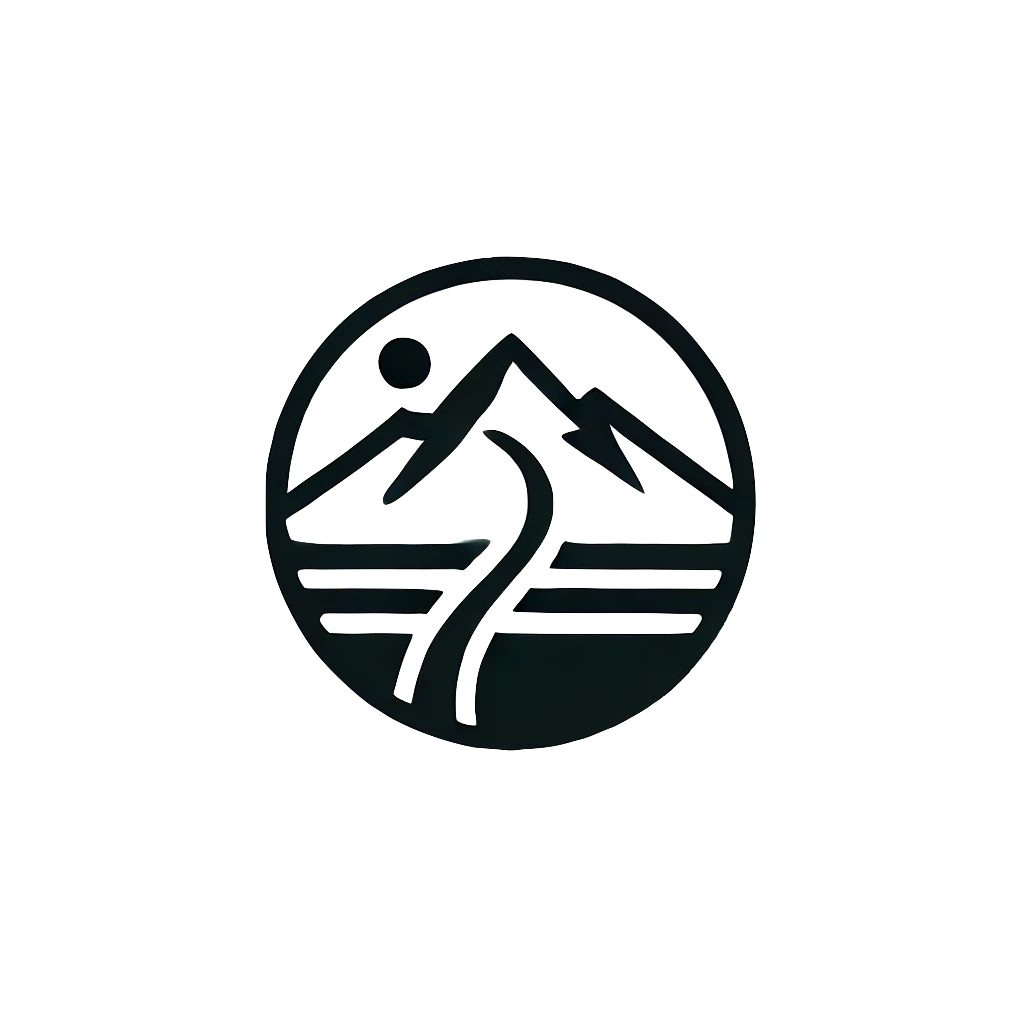Building Strength and Endurance for Men Over 45
Blocked — that’s the best word to describe my current state. Someone once said:
“Doing the same things over and over while expecting different results is madness.”
Many authors claim these words, but the meaning is clear.
Strength and endurance at this stage of life are not just about lifting heavier or running longer. Building Strength and Endurance for Men Over 45 involves integrating functional movements, mobility exercises, and recovery protocols into a cohesive plan. This ensures that your efforts don’t just build muscle or cardio capacity but enhance your ability to thrive in everyday life. Whether it’s reducing joint pain, improving energy levels, or increasing resilience to stress, a purposeful training approach can address these goals simultaneously.
Table of Contents
Reflection about my training
It’s time for a recomposition of my training. The focus on high-intensity endurance work has brought me to a limit, blocking my body’s progress and triggering a cycle of infections and injuries. Now, my goal is to balance that endurance base with a well-planned strength regimen. Building strength and endurance for men over 45 requires the right blend, a shift away from the volume-centric endurance training that once seemed to push me further, faster, and toward longer distances. Instead, my approach needs to incorporate general strength development, which will lay a foundation for stronger, more resilient endurance work. At this stage, flexibility and mobility become crucial, creating the base that lets me move forward in a new way. I may reach my goals, but by a different path.
A Realistic Approach to Health and Fitness Beyond Short-Term Gains
Thinking about how to start this project, I found myself falling into the same patterns. Should I begin with results? Should I tell my story as an amateur athlete, highlighting how long, how hard, and how often I trained? Or maybe talk about the difficulties I faced and how I never stopped thinking about self-improvement? Or describe my transformation—from an overweight man with unhealthy habits to an amateur athlete competing in the top half of my age group? No, that’s not it. Something has been slipping away from me over the years, something that forced me to rethink my paradigms and my approach to health and fitness.

I’m talking about a sense of reduced satisfaction in what I do each day—a lack of fulfillment in the goals that were once the cornerstone of my character-building journey through sport. I’m not here to recount my achievements, list personal bests, or count endless hours of training. There’s a cognitive bias worth acknowledging: good physical shape doesn’t mean good health. Is it possible to be in great shape but not truly healthy? It sounds counterintuitive, but I’m living proof that it’s possible.
Why Lasting Health is More Than Just Physical Shape
The last time I was satisfied with my results was back in 2019. Since then, despite sticking to training methods regarded as correct, there’s been a snag—a lack of meaningful returns on a significant investment. Personal bests aren’t always the ultimate measure of progress, but there are other aspects that should bring satisfaction: feeling good day-to-day, being proud of solid training sessions, and building the identity of an athlete. I’ve always wanted to feel and look like an athlete. Having struggled with obesity from a young age, I understand the health consequences of a lifestyle that leads to excessive weight. I refuse to accept that obesity is “okay.” This project will have a foundational value: a medically healthy amount of body fat. This is essential for health to be a reality, not just a slogan.
I feel blocked because I’m starting “over” yet again. I’m questioning if the path I’ve been on is still the right one. Expecting my body to respond the same way to the same methods, despite everything around me changing, is irrational.
Training Smarter, Not Harder: The Right Approach After 45
Eleven years of training is a solid foundation, but it’s also eleven more years of life. I am older; that’s a fact. A man’s body over 45 functions differently. Recovery takes longer. Returning to discipline post-illness is slower, and the extra pounds accumulate faster. Meanwhile, responsibilities and expectations pile up. At this age, we often become the heads of families—mentors to others, which drains resources that are slower to replenish. Building Strength and Endurance for Men Over 45 requires an unconventional and purposeful approach to training.
In this new landscape, finding time for one’s health is essential. Physical exercise, building strength, and endurance are responsibilities a mature man owes to himself. Strength and endurance for men over 45 are challenges that matter. What I lost along this journey was my primary imperative—health. I imagined that the reward would be good health, physical fitness, and steady progress. That hasn’t happened. The last few years have seen development come to a standstill. I’m writing this in my second week of the flu—a break in training that came three weeks after I returned from a six-month hiatus due to a fatigue fracture of the sesamoid.
A New Direction for Lasting Health and Endurance
Year after year, something health-related gets in the way of improving form, physique, and results. Quitting would be a mistake. I want to keep going, but differently. Based on my experience and knowledge of nutrition and training strategies, I intend to create a new program: a holistic, hybrid approach for men over 45. Not training harder or more, but training smarter. The goal is a satisfactory physique, health, and restored immunity. I want a lifestyle that lets me compete in my age group as a mature athlete, maybe even step onto the podium someday. This is the essence of the project: to gather knowledge and strategies that will allow me to achieve that ultimate goal.
I’m no longer working with a coach. I’m not part of any team. I don’t endorse any product. This project goes beyond templates. It’s about breaking out of schemes, consolidating everything that contributes to the health and strength of a man over 45—a solid foundation for becoming a hybrid amateur athlete.
No Shortcuts to Lasting Results
I’m not writing these posts from the position of someone who’s succeeded. I’m writing from the perspective of the 99% for whom previous attempts haven’t fully satisfied. Let’s see where this journey takes me. Maybe I’ll receive support, tips, or maybe hate and lack of understanding. I’m ready for that.
I once had a triathlon project, which I successfully completed before turning 40. However, that format has run its course. This is a space to organize my knowledge and experience to achieve new goals in a different format. Building a healthy strength and endurance program that someone can replicate—no secrets and no hidden motives.
From Resilience to Results: A Journey of Rediscovery
Will this space help me unlock something? We’ll see—I’m willing to try.
Building Strength and Endurance for Men Over 45 requires an unconventional and purposeful approach to training. As we age, the physiological changes in our bodies demand a smarter and more tailored strategy to maintain peak performance and overall well-being. The days of one-size-fits-all programs are long gone, replaced by approaches that account for individual goals, recovery capacity, and hormonal shifts. For men over 45, training must be efficient, intentional, and focused on sustainability.
In addition, embracing modern tools like data-driven planning, heart rate variability (HRV) monitoring, and periodized programs can elevate results. Building Strength and Endurance for Men Over 45 doesn’t mean ignoring new advancements; instead, it’s about using technology and knowledge to train smarter, not harder. By focusing on quality over quantity and emphasizing recovery as much as exertion, this approach can help men achieve their physical potential while safeguarding long-term health.
Understanding The Science Behind Hybrid Training
The term “hybrid training” evolved from the concept of blending strength and endurance workouts into a single, effective program. While the origins trace back a few decades, it’s only in recent years that hybrid training has truly gained momentum as athletes and fitness enthusiasts alike realize the benefits of developing diverse physical abilities—strength, endurance, flexibility, and functional movement—within one structured plan.
Research supports the effectiveness of hybrid training for men aged 45 and older, particularly when combining strength and endurance exercises. Hybrid training not only helps maintain heart health but also improves mobility, reduces injury risk, and counters age-related declines in physical capacity. Programs combining these elements have shown to enhance strength, endurance, and motor functions, which are crucial for aging well.
In future posts, I’ll detail specific planning and programming methods for this type of training. Try this post: Adaptive Training Programming
MyoClinic – some general tips and info
Strength training is an important part of an overall fitness program. Here’s what strength training can do for you — and how to get started.
https://www.mayoclinic.org/healthy-lifestyle/fitness/in-depth/strength-training/art-20046670




